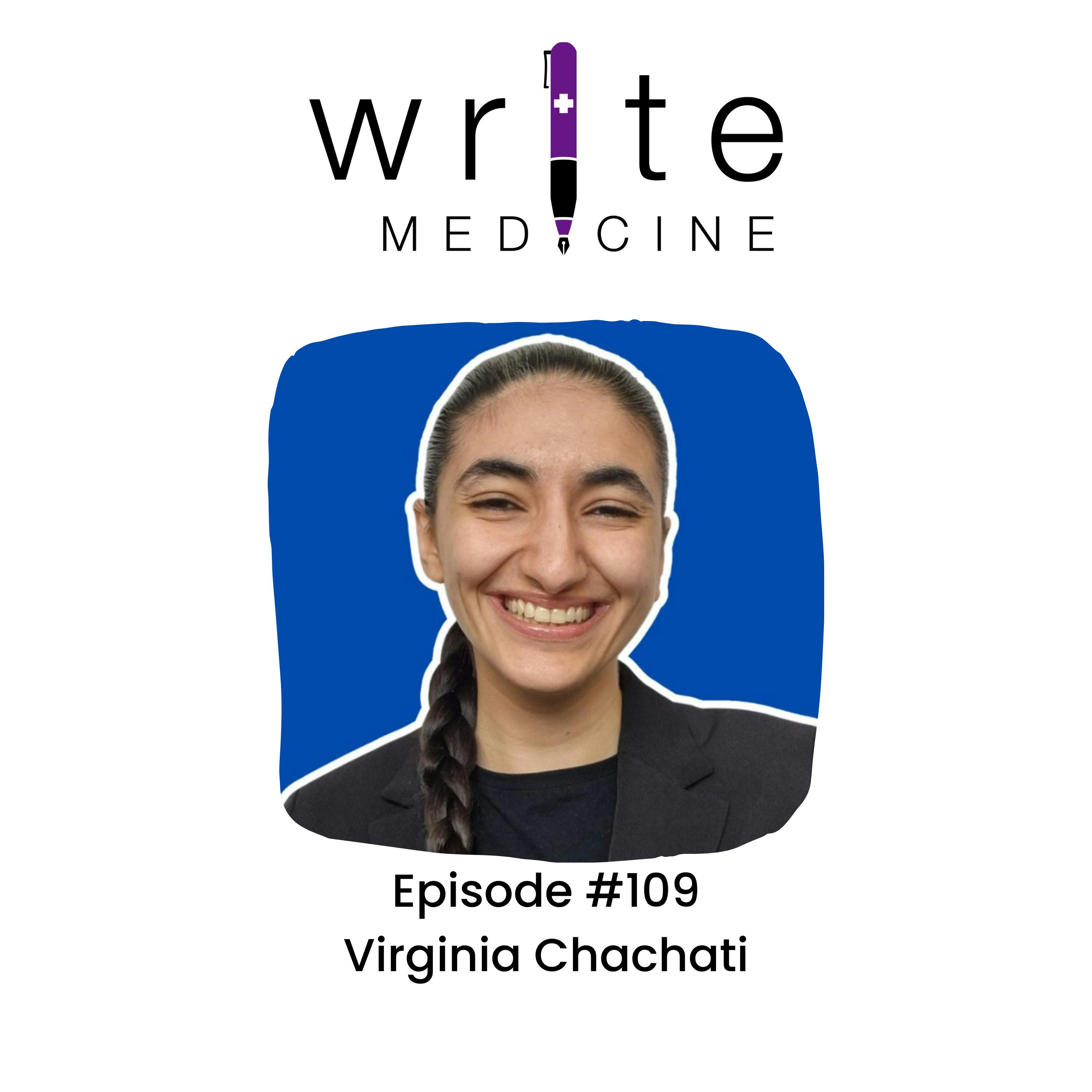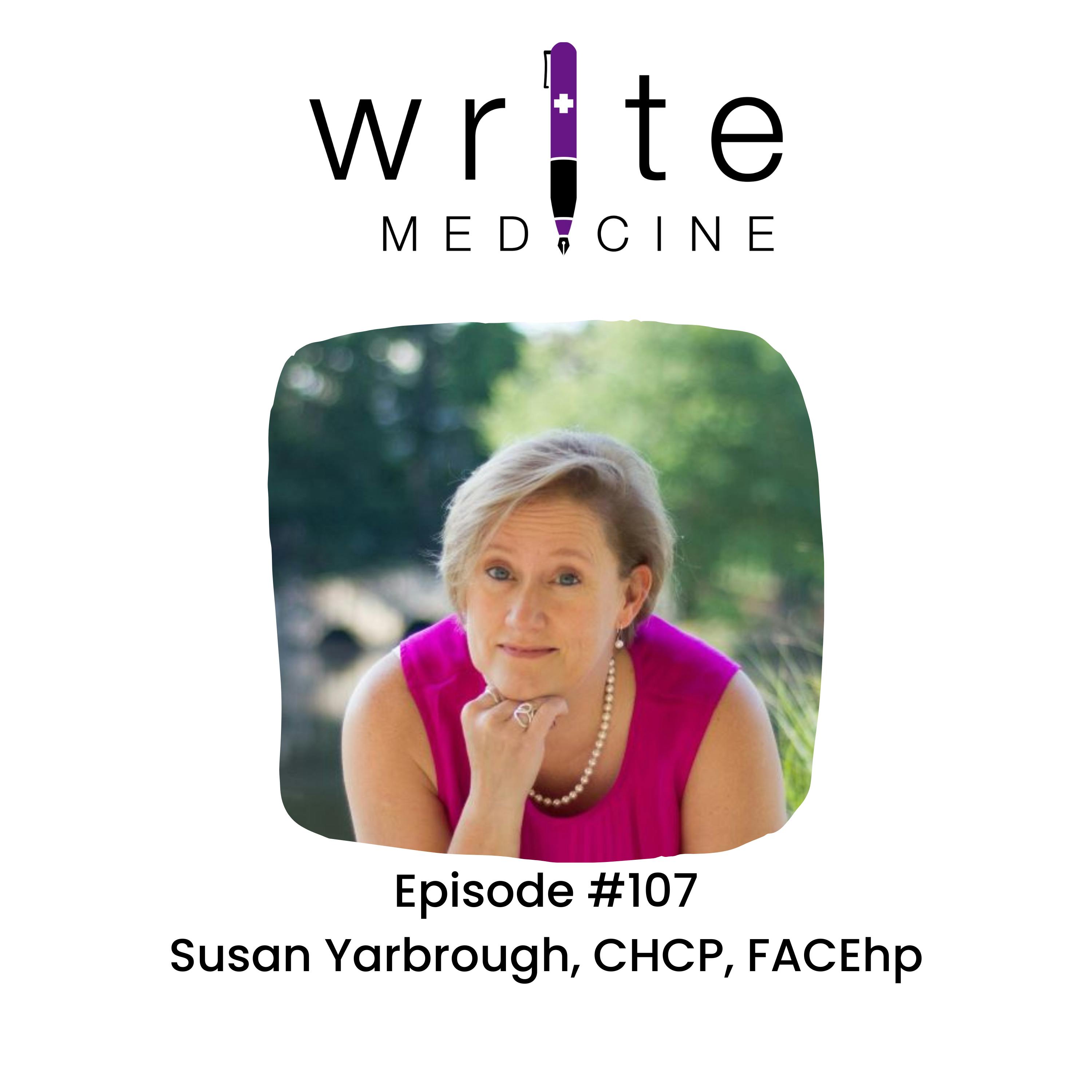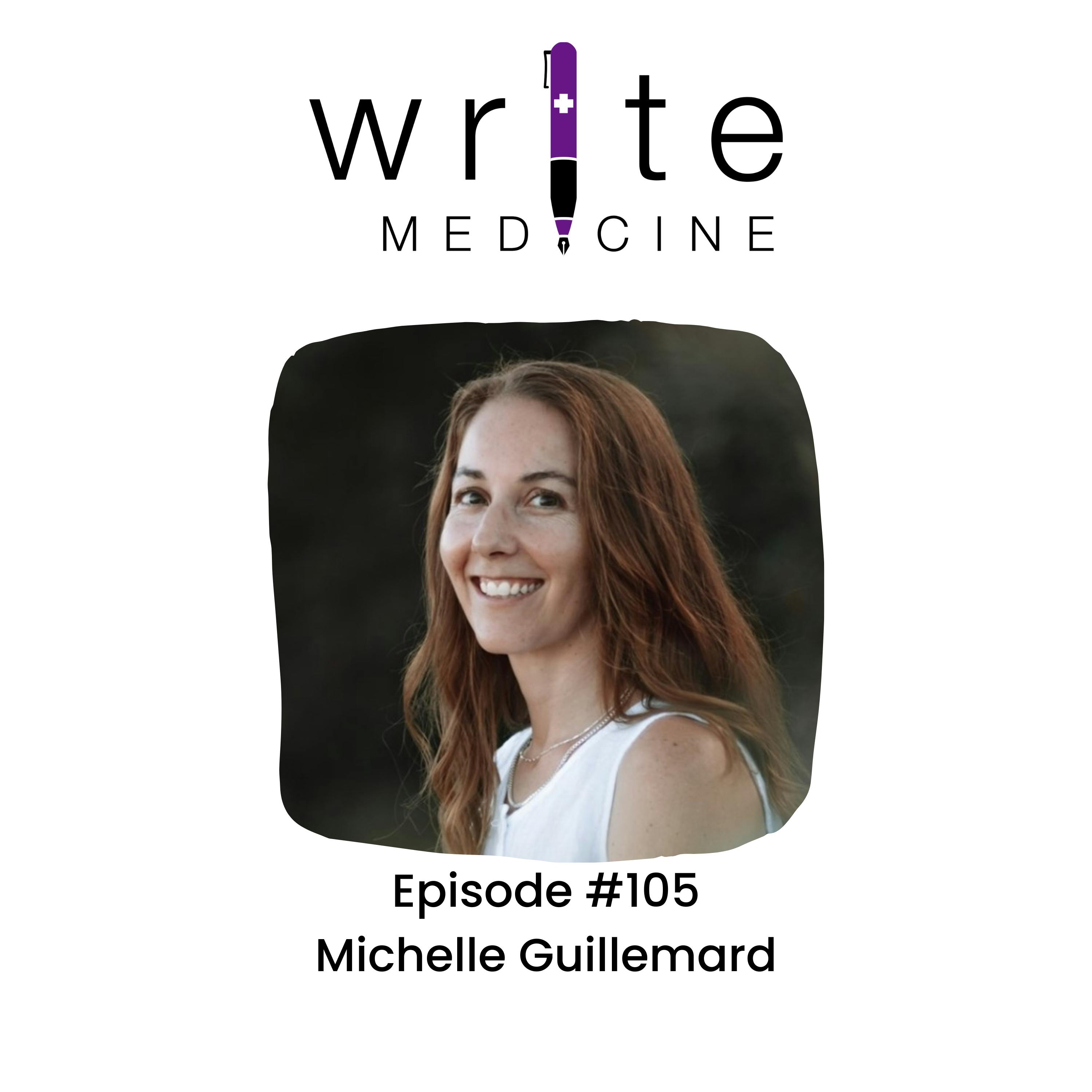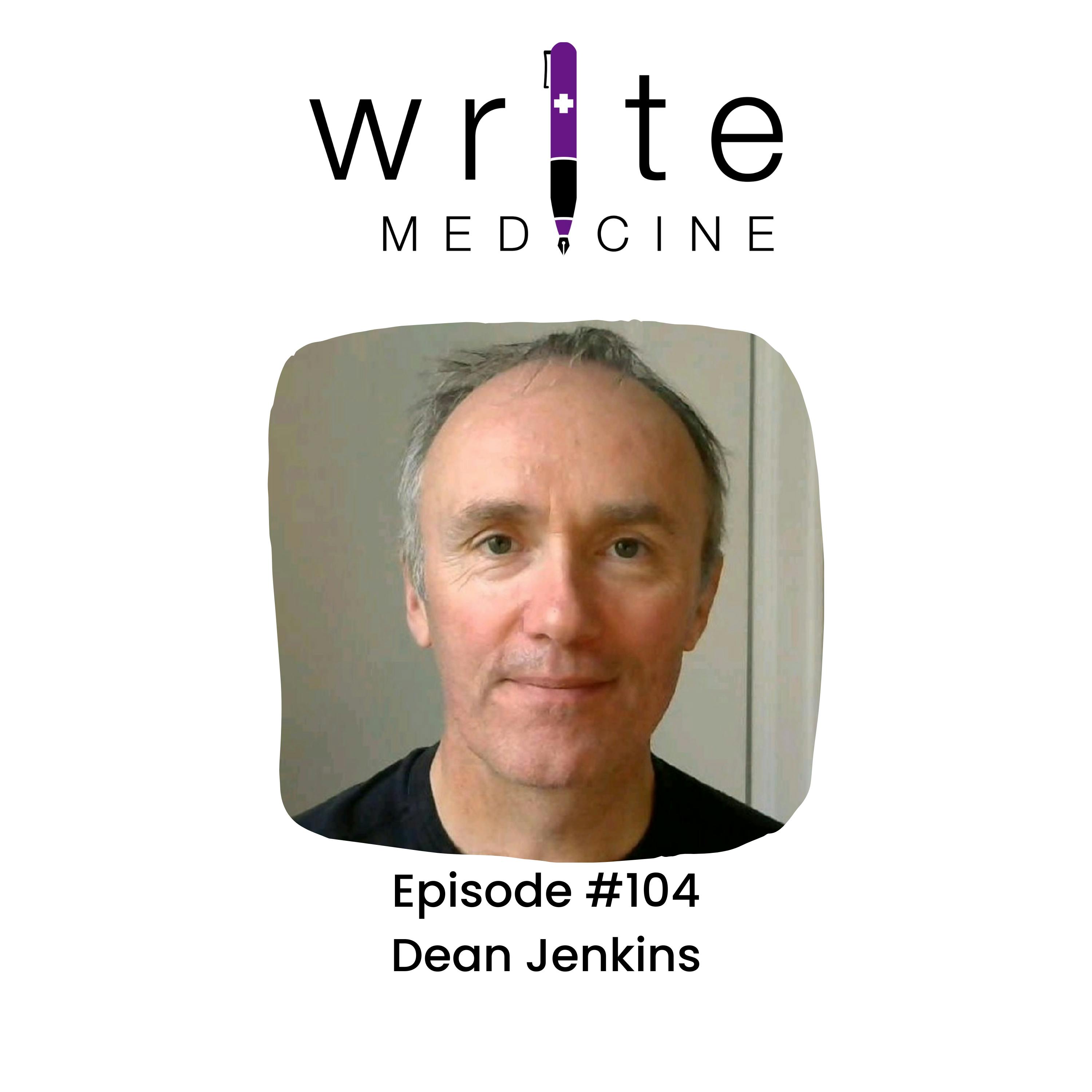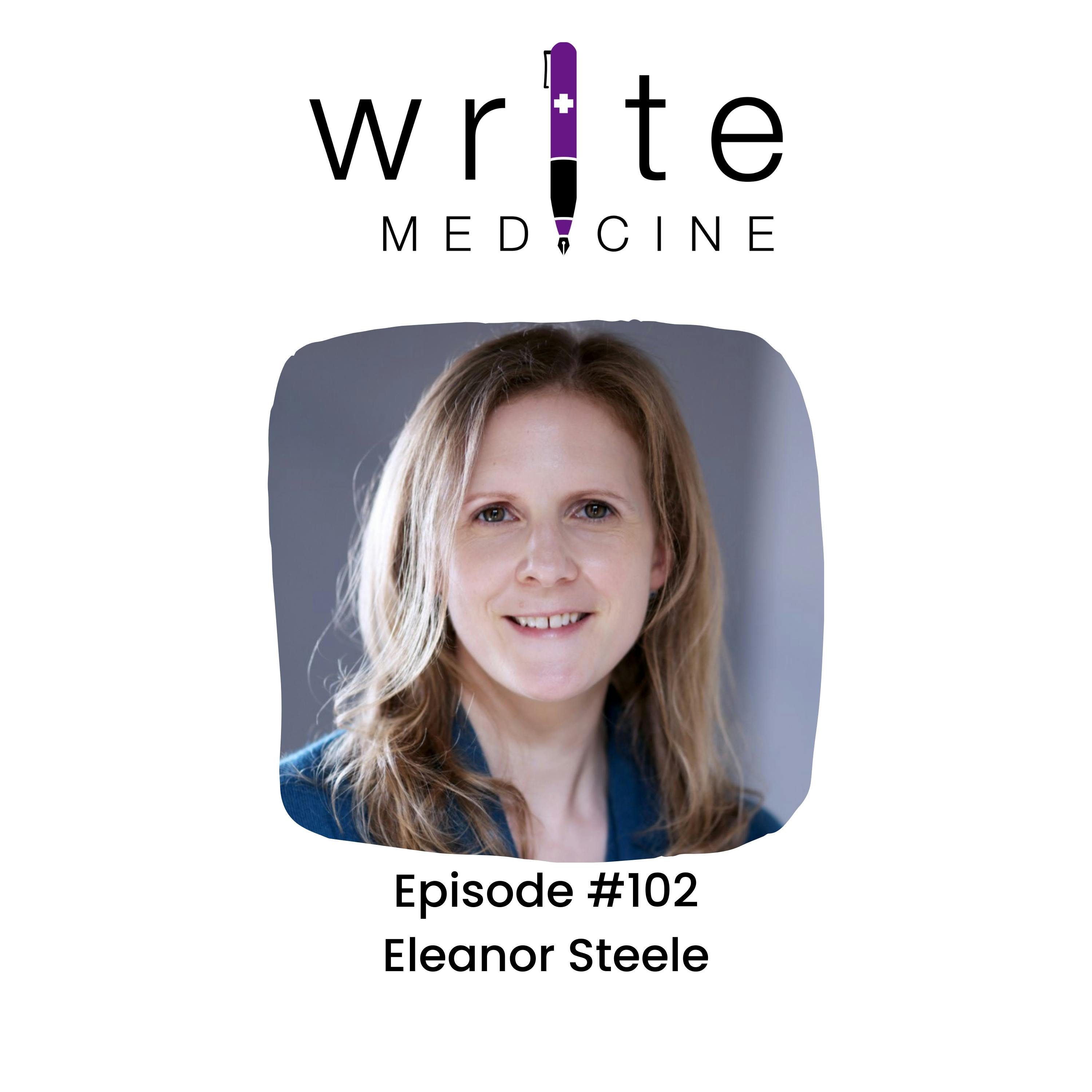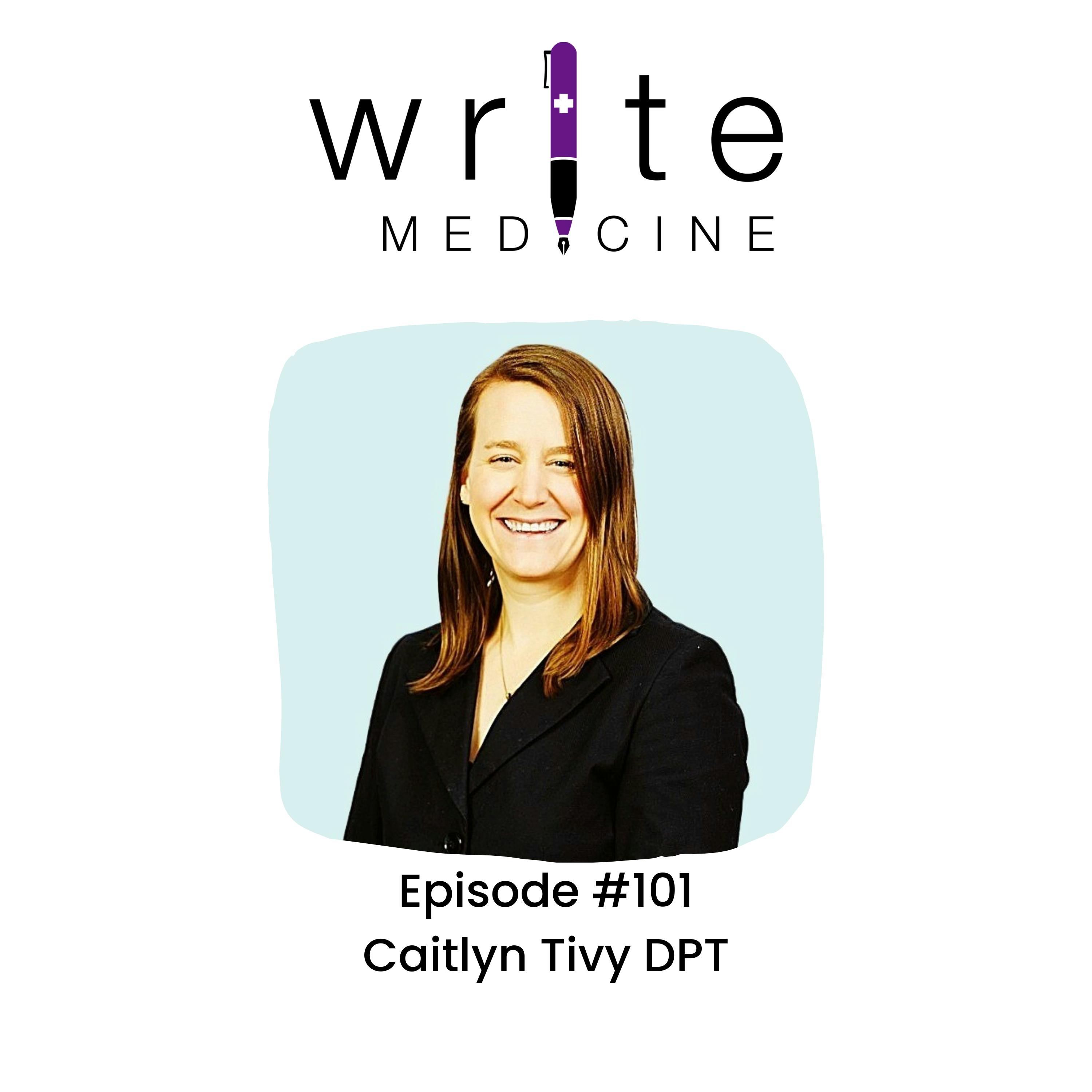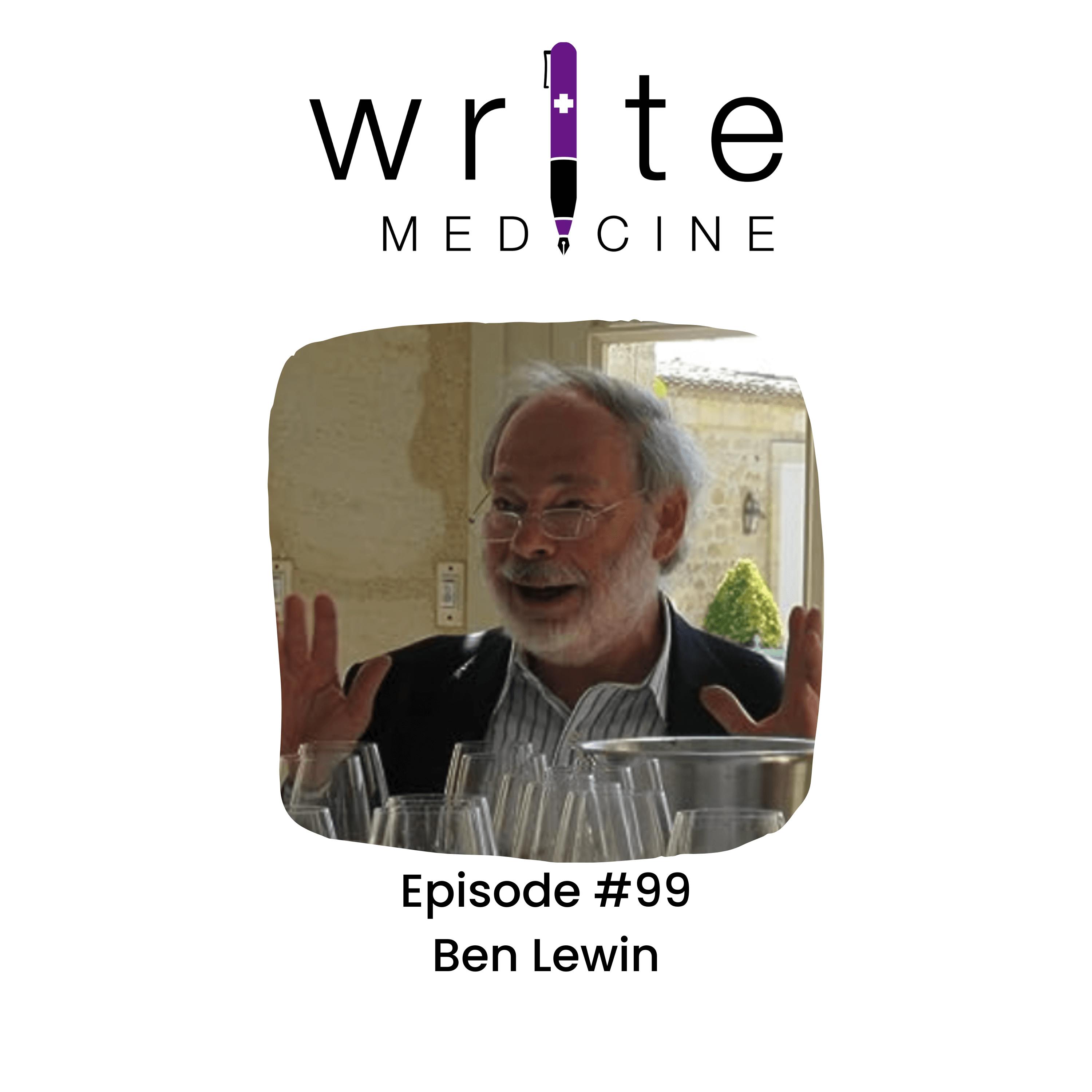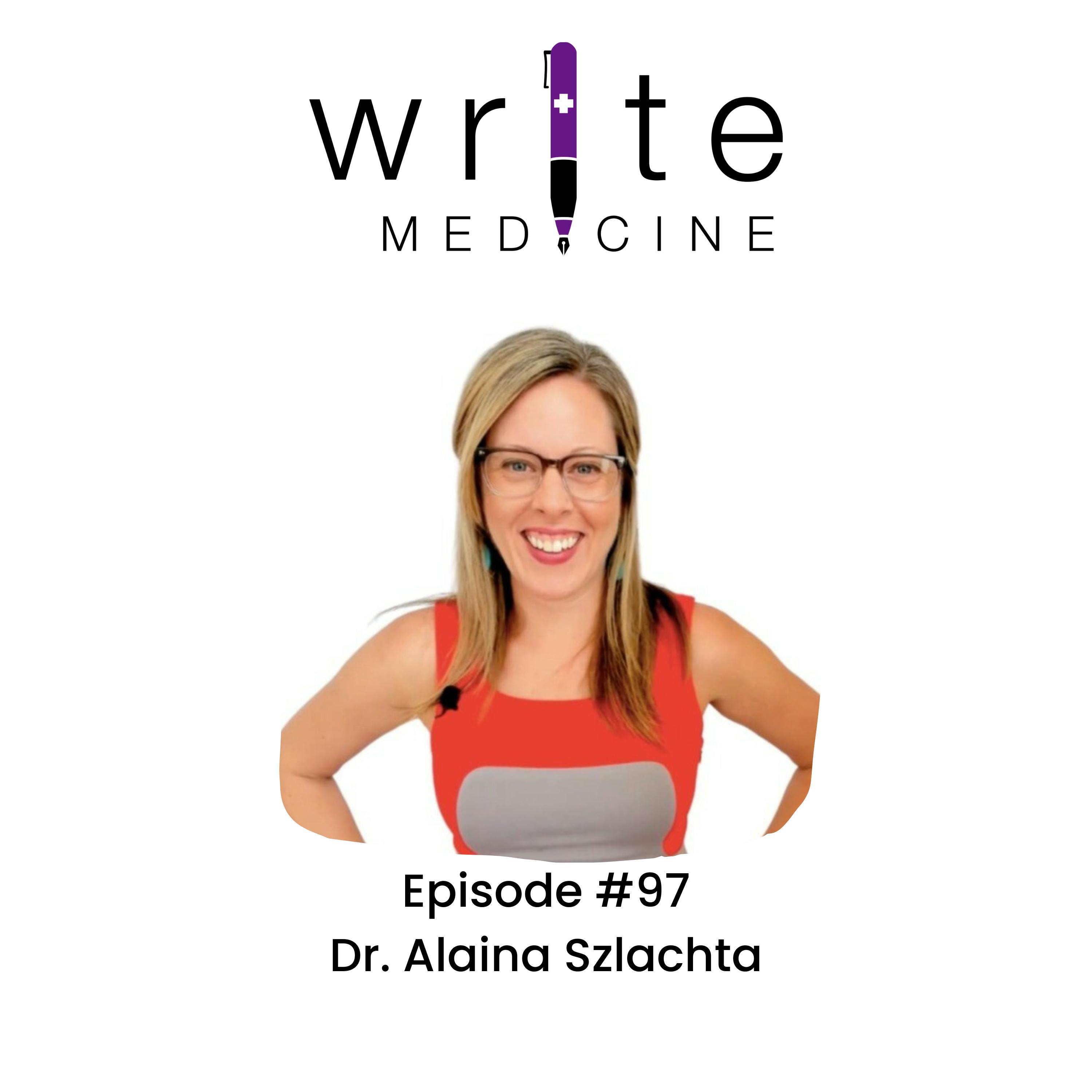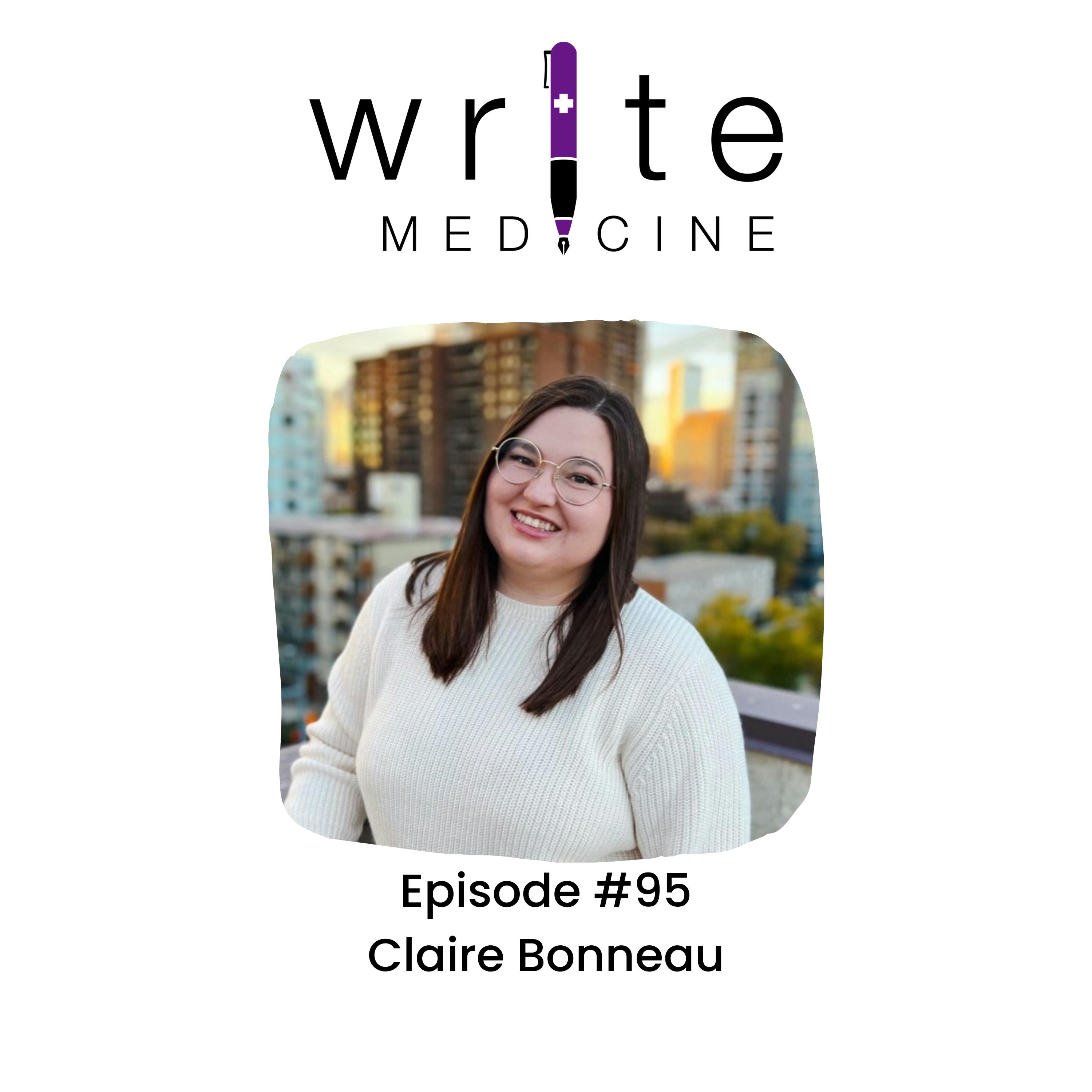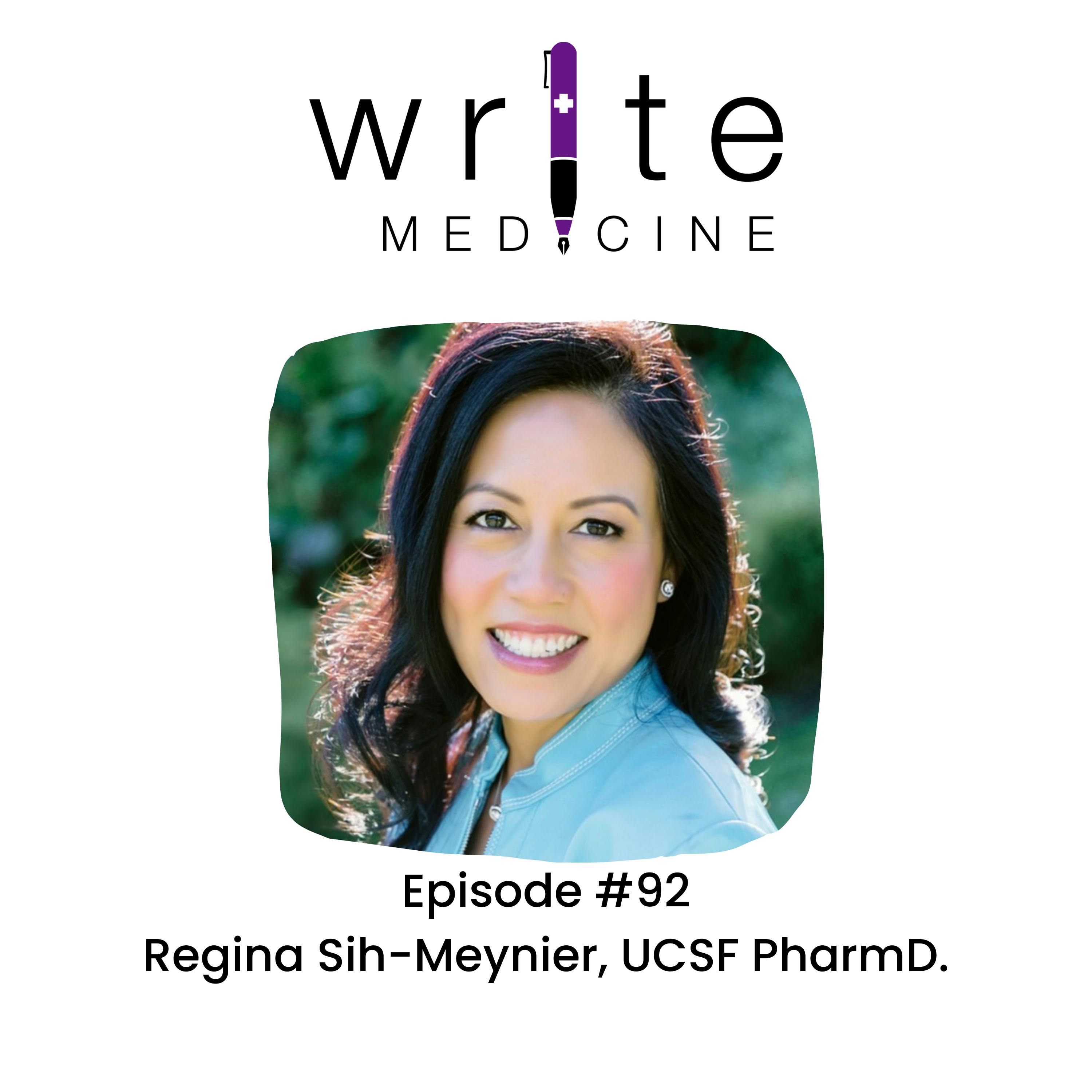
Write Medicine
Author: Alexandra Howson PhD | CME Writer, Educator, Researcher
Subscribed: 6Played: 33Description
Struggling with how to create continuing medical education content for health professionals (CME/CE) that lifts learning and changes behaviors? Tired of mediocre CME resources? Write Medicine is your definitive guide to mastering the craft of high-quality CME/CE content creation.
Write Medicine is hosted by Alexandra Howson PhD, CHCP, FACEhp, a seasoned writer and researcher with decades of experience in healthcare, education, and CME/CE. Tune in every Wednesday for our feature episodes and start your week right with Monday Mentor sessions, where we focus on practical techniques to enhance your content creation approach.
Every Wednesday, Write Medicine explores the art, science, and nuances of crafting compelling CME/CE content through enriching conversations with experts in the CME/CE field and beyond. You'll gain valuable perspectives on adult learning, teaching platforms, effective learning formats, and emerging healthcare trends that shape our content.
In Monday Mentor, Alex shares her treasure trove of insights gained from creating, evaluating, and publishing outcomes results from scores of CME activities and programs.
Whether you're planning, designing, writing, delivering, or evaluating CME/CE programs, Write Medicine is your home base for insights, guidance, and strategies to help you confidently navigate every stage of the CME/CE content creation journey.
Write Medicine is more than a podcast; it's a commitment to elevating your professional development in CME/CE content creation.




